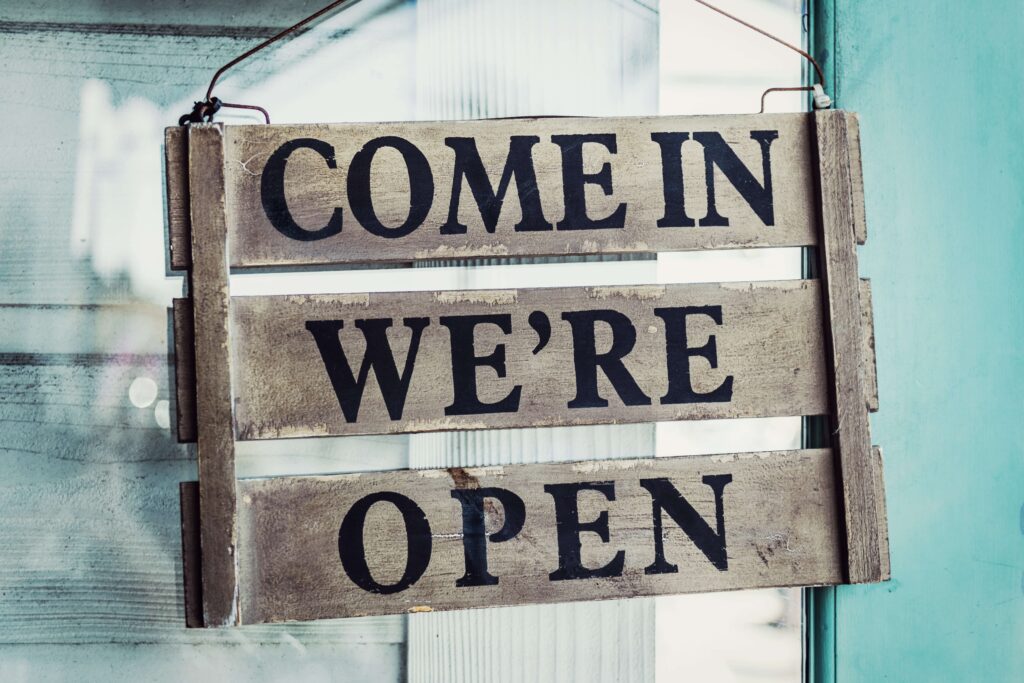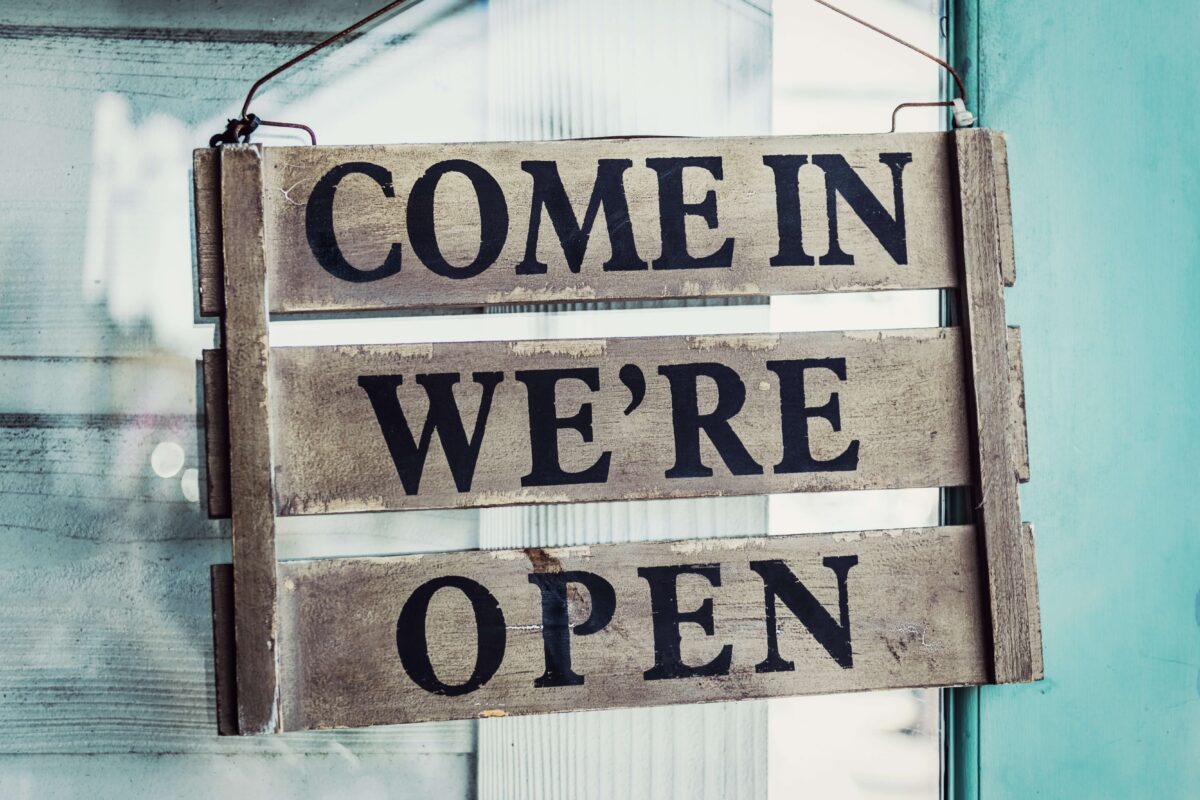As countries across the world ease off their lockdown regulations, it will become increasingly important for you to prepare your pets for when you go back to work. One of the silver lining situations of the quarantine period has been that pets and pet owners have been able to spend much more time with each other. But, because this has been the case, it will now be worth thinking about how to support your pet through the shift that might occur as you begin to go back to work away from home.

Change your dog’s routine gradually
Sarah Tapsell, one of the RSPCA’s clinical animal behaviourists, has said on this issue that: ‘Changes in routine are something a dog can adapt to, but it’s important to think ahead and begin to make gradual changes before you change your routine again when you go back to work. Otherwise, when things change again suddenly, it may come as a shock to your dog, even if they handled it well before Covid-19. Even the most resilient of dogs can get worried sometimes.’
This makes sense when considering how dogs are, like humans, social animals. They love spending time with their human friends just as much as humans love company with other humans – and with our lovely dogs! On top of that, dogs, also like humans, are built in such a way that they will feel a certain level of comfort and happiness in daily patterns. As a result, they might therefore feel shocked to an extent when they are thrown off those patterns by a significant change.
Reinforce with reward based training
So, it is going to be key that changes are implemented in a routine slowly and steadily, rather than there being a big jump from one routine to another. Another important element of this process of change, however, should be how to deploy these changes. They should always be reinforced by rewards and positivity, so that your dog’s mood is being kept happy and buoyant all the way through. This will also help them re-learn the behaviour patterns that they will have to return to.
In alignment with the advice from Sarah Tapsell, but stressing the importance of this last point, Dr Samantha Gaines has said: ‘Always introduce changes gradually and in a positive way, using only positive, reward-based training. And if you have any concerns about how your dog will cope, it is always best to seek advice from a qualified behaviourist who can support you throughout the changes.’
Moving your walk time back to normal
If elements of your dog’s routine have changed because of the lockdown, it will be important to begin to realign their routine with how things will be when you are working away from home. You can however do this gradually by choosing to shift one element of the routine at a time. For example, you might choose to slowly move your dog walk time back to how it was during your normal work routine over the course of a couple of weeks.
If you are going to be going back to using a dog walker, or having a friend or family member walk your dog, then you should try this out a few times, if possible, with you still waiting at home. This means that the change will be less jarring for your dog than handing them over to someone new whilst you are away.
Gradually increase independent time
You might also want to provide them with a little bit more time on their own each day. This may initially feel hard, but if you do it very gradually, then you will find that your pet will begin to get used to spending time on their own. Picking up some new, engaging and fun toys might be a good way to help this process along. By setting your dog up on their bed with an interesting and engaging toy, they will be able to get back into the practice of independent play.
Practice leaving your home for short periods
To build on this, you will also want to practice leaving the house for short periods of time, as little as one or two minutes to begin with. Close the door and lock it, as if you were going to work, and you will be able to hear whether your pet is showing signs of anxiety.
These, for dogs, would include whining, scratching at the door, or panting. When you open up the door and come back in, remain calm and positive, and greet your dog in a warm tone by telling them how well they have done. If they have managed to stay relaxed and controlled in your absence, you should give them a reward by offering them a little treat. You could also leave the radio on if you normally have some sound in the house, so that they feel more calm on their own.
As Dr Katherine Houpt, Professor Emeritus of behavior medicine at the Cornell University College of Veterinary Medicine, makes clear, reducing separation anxiety is not just about ensuring the happiness of your pet. It can be about making sure that they do not become overwhelmed with anxiety and express this by destroying parts of your home in frustration.
Dr Houpt, on the idea of training a level of independence gradually, says: ‘The first step is to teach your dog to stay. You will know that they have grasped the concept when you can leave the room and they stay sitting quietly even while you’re in another room. At this point you can practice leaving them by going out the door and remaining outside for five minutes. Be sure to reward your dog with a small treat.’
Reinforce calm behaviour
Dr Houpt goes on to say that, when you do get to the stage of heading back to work for the first time, it will be really useful to give them a brisk walk and maybe a game of catch before you leave. Then, you should give them something that will occupy them for a while after you head off, such as a long lasting treat.
When you do return, Dr Houpt suggest that you should remain calm and composed, only approaching your pet to give them a big cuddle once they have stopped jumping around and have calmed down – this may be as tricky for you as it is for your dog but you will both have to be strong!
Is it the same situation for cats and for dogs?
As we know, cats tend to have more independent characters than dogs in any case. Alice Potter, RSPCA cat welfare expert, says that, because of this tendency, cats may have an easier time adjusting. But, she continues, ‘But even if your cat isn’t a fuss loving, attention seeking lap cat they can still get stressed from your return to work so take time to make the transition as smooth and stress free as possible.’
The important thing with your cat is that, in the run up to returning to work, you are not over-handling your cat. You should try to move your one on one play or snuggle time with your cat (if they are a cuddly cat!) to a similar routine to how it will be when you return to work. This might mean slowly reducing it down from mornings, lunchtimes and evenings to just mornings and evenings. A good way of starting the transition slowly is to simply only handle your cat when they initiate it by sitting on your lap or curling up next to you.
Similarly, when you do return from your first day of work, you should not pick up your cat or immediately start stroking your cat before they initiate their movement towards you. Again, this may be even more difficult for the owner than for the animal! But, thankfully, if you implement these changes in small shifts, it can be a relaxed and happy process for all those involved.
Visit the RSPCA website for more detailed information and tips on this subject.
Dr Katherine Houpt’s suggestions can also be in an article published by Cornell University, College of Veterinary Medicine on preparing pets post quarantine.

